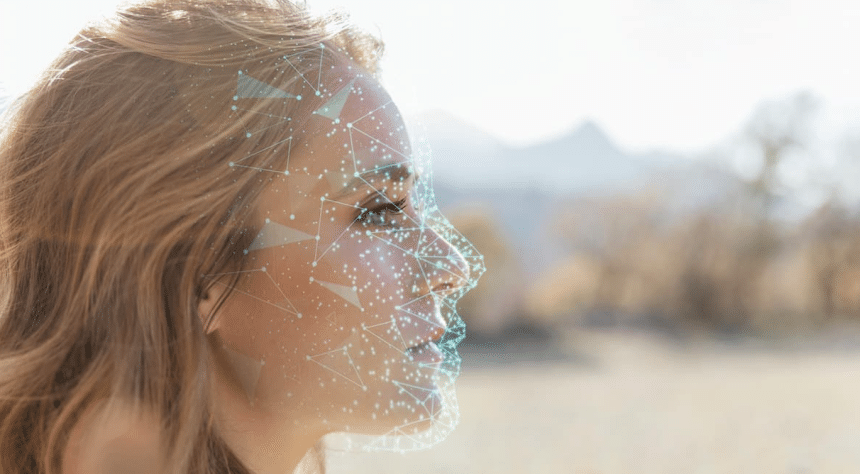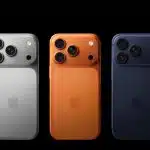Originally developed as a harmless design technology, facial morphing holds the potential for serious misuse when placed in the wrong hands.
Let’s explore what face morphing is, explain how it’s used for both creative and fraudulent purposes, and offer insights into combating its misuse effectively.

Understanding Face Morphing
Face morphing is an image synthesis technique where the features of two faces are blended to create a new image. This process can produce a realistic image of a non-existent person who resembles both individuals.
It originated as a creative tool, commonly seen in special effects in movies or in playful face morpher apps available online. These apps allow users to merge the faces of celebrities or themselves with others, producing fascinating mashups. For example, digital artist Benjamin (@Morphy_me) has created viral celebrity morphs using this technique.
The Usage of Morphing: Positive and Negative
Positive Uses
● Entertainment and Art: Morphing is a staple in digital media, providing stunning transitions in films and generating unique content for social media.
● Medical and Educational Applications: It’s also used in facial reconstruction for forensic analysis and medical visualization.
Negative Uses
Unfortunately, morphing has a darker side. Fraudsters exploit it to manipulate identity documents, bypassing security systems. For instance, morphed photos have been used to create genuine passports that can be shared by multiple individuals for fraudulent activities, including illegal migration and terrorism.
A notable case occurred in 2018, where activists created a morphed image combining the faces of a political figure and a group member, successfully obtaining a legitimate German passport.
Types of Morphing
1. Low-Quality Morphs: Produced using basic tools, often leaving visible artifacts like ghosting or shadows.
2. High-Quality Morphs: Crafted using advanced techniques, blending features meticulously to evade detection.
3. Manual Post-Processed Morphs: Created by skilled individuals, these are nearly indistinguishable from authentic images.
How Does Facial Morphing Function?
Face morphing involves three primary steps:
1. Landmark Identification: Identifying key facial features such as the eyes, nose, and mouth to create a coordinate system.
2. Geometry Warping: Adjusting the face shape by aligning key points to form a midway shape between two faces.
3. Texture and Color Blending: Merging textures and colors to create a smooth, realistic image. Advanced techniques can remove artifacts and improve the image quality, making it appear authentic.
Is Face Morphing Truly a Security Threat?
Yes, face morphing poses a significant threat to identity security. Morphed photos in official documents enable criminals to bypass face recognition systems and border controls. Such attacks undermine the integrity of “one person, one document” principles.
Experts, including Prof. Dr. Christoph Busch, have reported over 1,000 face morphing attacks. Despite ongoing advancements, documents containing morphed images may remain undetected and in circulation for years.
Why Is It Difficult to Identify a Morph?
Human Limitations
Studies reveal that even trained individuals struggle to identify high-quality morphs, often mistaking them for genuine images due to subtle alterations. Environmental factors like poor lighting at border controls exacerbate these challenges.
Algorithmic Challenges
While computer algorithms perform better than humans, their effectiveness depends on the quality of the morph. High-quality morphs, especially those involving manual post-processing, can deceive even advanced detection systems.
How to Prevent Morphing Attacks?
Live Enrollment
The most effective prevention involves capturing biometric data in person, ensuring photos are taken on-site under controlled conditions. Remote enrollment must employ robust verification solutions, such as:
● Document Reader SDK: Validates the authenticity of ID documents.
● Face SDK: Performs liveness detection and matches photos against reference databases to ensure the submitted image corresponds to a real, present individual.
Forensic Tools
Detecting manipulations in issued documents requires specialized devices:
● Compact Devices: Frontline tools like the Regula 4325 can detect alterations in glossiness or microrelief with high precision.
● Advanced Forensic Equipment: Tools like the Regula 4308 provide detailed analysis, identifying morphing signs through 3D imaging and various light filters.
Conclusion
Facial morphing is a double-edged sword, blending creativity and risk. Fraudsters exploit its potential to commit identity theft and bypass security systems, making it imperative to adopt preventive measures.
Technological solutions like Regula’s forensic tools and biometric verification systems are vital in countering morphing attacks, protecting identities, and ensuring document security.
Have questions about facial morphing? Contact Regula’s experts for guidance tailored to your needs.












